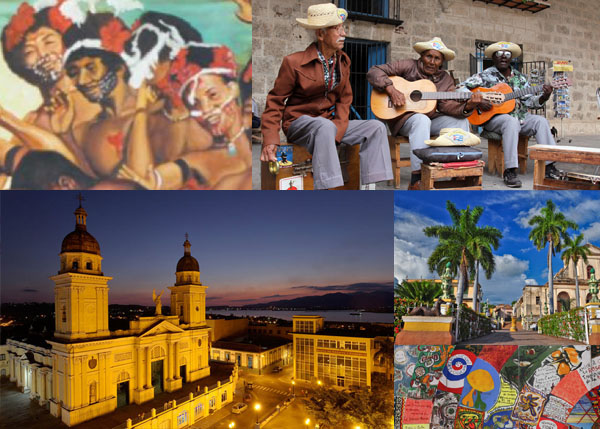10.3.1 Orestes López.

Orestes López was born in Havana in 1908. His father was a musician who played the double bass and trombone. He was a member of the Symphony Orchestra. His mother played the piano and guitar. This shows that music was always present in his home from a young age.
He began his musical studies at the age of eight, when his parents began teaching him this wonderful art. Some time later, his father enrolled him at the Casino Música Conservatory. There, he studied piano under the tutelage of maestro Fernando Carnicer. His father taught him to play the double bass, and after some time, he also learned to play the cello. He also learned to play the five-key flute and a little violin.
Orestes López made his musical debut at the age of 16, in the Philharmonic Orchestra. His father was playing in the orchestra at the time, and with the consent of Pedro Sanjuán, a musician of Hispanic origin and its director, he took him to practice. Due to his musical talent, he soon joined the orchestra, and remained there for quite some time.
Later, he dedicated himself to playing dance music, joining various Cuban orchestras. He played piano in some and bass in others. He was a member of Arcaño y sus Maravillas’ orchestra for over twenty years, playing bass, cello, and piano in this orchestra.
Orestes López was a great musician, double bassist, pianist, and composer. He conducted three orchestras: López Barroso, the Orestes López Orchestra, and the Unión Orchestra. He played piano in all three.
Of all the danzones he composed, the most popular is Danzón con Mambo. Danzón-Mambo was composed in 1937, but released in 1938. It premiered on the well-known radio station Mil Diez by the Arcaño y sus Maravillas orchestra and was a huge success. He added a sonera variation to the final part of the Danzón, thus launching a new style of Danzón, as well as many others performed by the same orchestra.
Other danzones written by López include: Juan Pescao Walks, Regatillo’s Trick, The One Who Enjoys It Most, The Young People of the Defense, The Electric Moor, among others.
The Danzón de nuevo ritmo (new rhythm) included, in the third Danzón or Montuno, the syncopated rhythm used by oriental treseros who played sones. There was also a change in instrumental planes, employing the tumbadora for certain rhythmic accents. This new montuno of the Danzón, which acquired a special syncopated character in its main theme, was given the generic name Mambo.
Later, the syncopated bass of the aforementioned Danzón gave rise, on the one hand, to the Cuban dance genre called Mambo, popularized by Dámaso Pérez Prado, and on the other to the Chachachá, created by Enrique Jorrín.
Orestes López, by all indications, appears to be the creator of the Cuban music genre known as Mambo.








